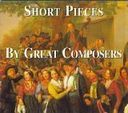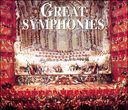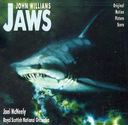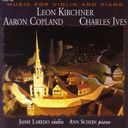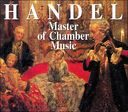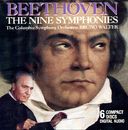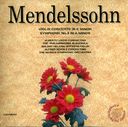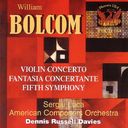Simon Callaghan Romantic Piano Concerto V76
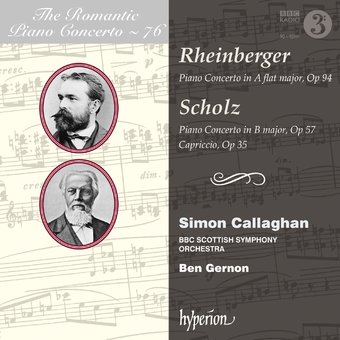
| Price: | $18 |
| List Price: |
|
| You Save: | $1.98 (10% Off) |
|
Brand New
|
CD Details
- Released: June 29, 2018
- Originally Released: 2018
- Label: Hyperion
Tracks:
- 1.BBC Scottish Symphony Orchestra, Ben Gernon & Simon CallaghanPiano Concerto in A-Flat Major, Op. 94: I. Moderato
- 2.BBC Scottish Symphony Orchestra, Ben Gernon & Simon CallaghanPiano Concerto in A-Flat Major, Op. 94: II. Adagio patetico
- 3.BBC Scottish Symphony Orchestra, Ben Gernon & Simon CallaghanPiano Concerto in A-Flat Major, Op. 94: III. Finale: Allegro energico
- 4.BBC Scottish Symphony Orchestra, Ben Gernon & Simon CallaghanPiano Concerto in B Major, Op. 57: I. Allegro moderato
- 5.BBC Scottish Symphony Orchestra, Ben Gernon & Simon CallaghanPiano Concerto in B Major, Op. 57: II. Andante, quasi adagio
- 6.BBC Scottish Symphony Orchestra, Ben Gernon & Simon CallaghanPiano Concerto in B Major, Op. 57: III. Allegro
- 7.BBC Scottish Symphony Orchestra, Ben Gernon & Simon CallaghanCapriccio for Piano and Orchestra, Op. 35
Product Description:
More generally, the romantic piano concerto is associated with ear-tickling bravura and outsize technical demands. Listeners to the piano concertos of, say, Hummel and Scharwenka expected the musical equivalent of a trapeze act, of triple somersaults without a safety net, of demands that can only be met by the apparently supernaturally gifted. They were much less impressed by the romantic piano concertos of Brahms, where the massive and daunting keyboard parts seemed more opaque than glittering and which be
No accusations of frivolity could be levelled at the romantic piano concertos of Joseph Rheinberger (1839-1901) and Bernhard Scholz (1835-1916), both of which offer an intriguing mix of elements. There is a sense, too, in both concertos of a longing to break from classical restraint and past conventions. Both composers led successful if unadventurous lives reflected in music more substantial than entertaining. Nonetheless Rheinberger was a musical prodigy composing three-part Masses with organ accompaniment
The abrupt opening, a clarion call to attention, promises music on the grand scale, haunted by memories of Beethovens Emperor concerto with the soloist quickly expanding his entry in a whirl of events with double notes for added fullness and texture. Yet there is never a suggestion of the sort of writing that so delighted the audiences of so-called musical jewels. The second subject provides a suitably lyrical contrast and later you hear the influence of Schumann, notably his love of dotted rhythms. Agai
As its title declares, the second movement adagio patetico is more inward looking, though large-scale gestures make a rapid return. An intriguing mix of styles, the writing is again more full-blooded than decorative, before the clouds thicken and mark a final return to the sombre and patetico mood of the opening.
The finale allegro energico opens with leaping octaves, again suggesting grand ambitions before an adagio molto and a brief oasis of calm amid much hyperactivity. A poco meno mosso section blossoms lyrically while the final pages return us to the concertos opening grandeur and an impressive close. The ghosts of Beethoven and Schumann may haunt the pages of this most opulent concerto, written on the grandest scale, but if it lacks memorable thematic material, its neglect seems incomprehensible when yo
Bernhard Scholz belonged to a musical circle that included Joachim, Clara Schumann and, more particularly, Brahms, whose influence is strongly felt throughout his work. Indeed, Scholz worked assiduously to promote Brahms and, in common with that composer, his chamber music is among the highlights of his output. The present recording is a reminder that there should be more opportunities for a rediscovery of his work.
Many of the characteristics of the Rheinberger concerto apply here, though Scholz is not without his own distinctive personality. The genial opening of his concerto leads to figuration, much of it reminiscent of Mendelssohns lighter touch. Yet despite the appearance of octaves, double notes and skittering passage-workenough to outwardly satisfy the virtuoso fancierthere is, again, more substance than levity. The gestures are more weighty than light-hearted and a bleaker note in the very Schumannesque ope



















